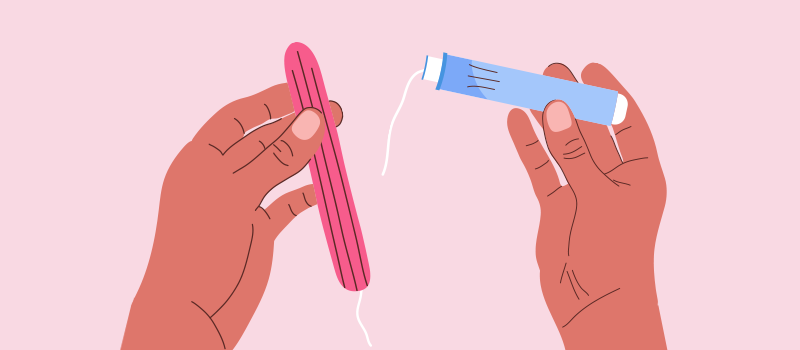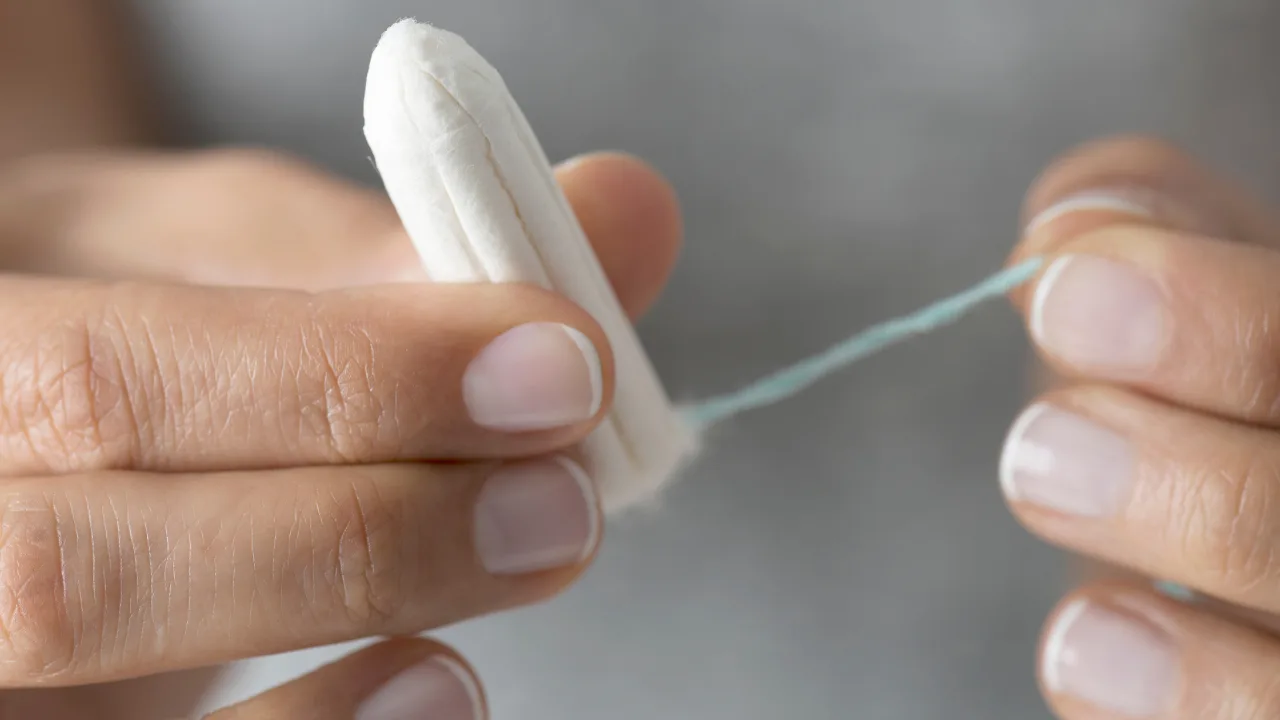
Relationships are built on trust, communication, and mutual respect. While every individual is unique, there are common emotional dynamics that play a significant role in shaping connections between partners. When it comes to understanding what makes someone feel vulnerable, it’s essential to look beyond surface-level characteristics and recognize the deeper emotional needs that contribute to a healthy and balanced relationship.
In this article, we’ll explore the emotional dynamics that play a key role in relationships and discuss one common “weak point” that many men may not realize when it comes to understanding women. This vulnerability is not a flaw; instead, it’s a reflection of the complexities of emotional well-being that are present in relationships. By understanding this aspect, both partners can build a stronger connection based on empathy and mutual support.
What Is This Weak Point? Emotional Sensitivity

The “weak point” we’re referring to is an inherent emotional sensitivity that exists in many women. This isn’t a negative trait, but rather a sign of how deeply women tend to process emotions. Research in psychology and relationships shows that emotional sensitivity can manifest in various ways, such as heightened empathy, deep care for loved ones, and a strong sense of connection to their environment. This trait can make women highly attuned to the emotions of others, but it can also leave them vulnerable to emotional stress.
Emotional Sensitivity and Its Impact on Relationships

Emotional sensitivity is tied to a woman’s ability to connect with her feelings and the feelings of others. It makes her more intuitive about what’s happening around her and enables her to react with deep care and understanding. However, it can also make her more vulnerable in certain situations, especially when the emotional environment feels unstable. For example, misunderstandings, criticism, or a lack of support can have a stronger emotional impact on her than on others who may not be as attuned to emotional cues.
Why Do Most Men Miss This?

One of the reasons that many men may overlook this aspect is because emotional sensitivity can be difficult to detect, especially in a society that often encourages people to suppress or downplay emotions. Many men may not recognize the subtle cues that indicate emotional distress or vulnerability, assuming that the outward appearance of strength or confidence reflects a woman’s inner emotional state.
Furthermore, traditional gender roles and social norms have conditioned many men to believe that emotions should be handled stoically or in a less expressive way. Because of this, there can be a gap in understanding when it comes to recognizing the deeper emotional needs of their partners.
Understanding the Importance of Emotional Validation

For many women, emotional validation is a crucial component of feeling loved and appreciated in a relationship. Validation means acknowledging and accepting her feelings without judgment or dismissal. Women with high emotional sensitivity often need to feel understood, especially when they express vulnerability or concern. When this need is met, it fosters a sense of security and trust in the relationship.
In contrast, emotional neglect or invalidation can leave her feeling unheard or misunderstood, which may result in emotional distress. This is why it’s important for both partners to work together to create an environment where open, empathetic communication is encouraged, and where emotions are validated rather than dismissed.
How Can Men Better Understand and Respond?

-
Listen Actively: One of the most powerful ways men can support women in relationships is by practicing active listening. This means paying attention to what she’s saying without interrupting or offering solutions right away. Sometimes, women simply need to feel heard and understood, and showing patience and empathy during conversations can make a world of difference.
-
Be Mindful of Emotional Cues: Being attuned to her emotional cues—both verbal and non-verbal—can help men better understand how she’s feeling. This could mean recognizing when she’s stressed, anxious, or frustrated, and providing the appropriate support. Sometimes, women may not directly express their feelings, so being observant of changes in behavior or body language can give valuable insight.
-
Offer Reassurance: Emotional sensitivity often comes with a need for reassurance. Women may worry about their relationship or feel insecure from time to time, and offering verbal reassurances and affirmations can strengthen their sense of emotional security.
-
Create a Safe Space for Vulnerability: For women with high emotional sensitivity, it’s important that they feel safe enough to be vulnerable. This means creating an environment where she can express her fears, insecurities, or concerns without judgment or dismissal. Trust and emotional safety are essential in fostering a healthy, loving relationship.
Building a Stronger Connection: The Role of Mutual Understanding
When both partners in a relationship are able to understand and respect each other’s emotional needs, it leads to a more balanced and fulfilling partnership. The key to overcoming the challenges that come with emotional sensitivity is mutual respect and effort from both sides. Recognizing that emotional sensitivity is not a weakness but rather a natural part of human connection helps both partners to navigate their relationship with more care and understanding.
Conclusion: Embracing Emotional Sensitivity in Relationships
Understanding the emotional dynamics of a relationship is crucial for building a lasting connection. Emotional sensitivity, often overlooked, plays a significant role in women’s experiences within relationships. By acknowledging this and actively working to support their partner’s emotional needs, men can create a deeper, more meaningful bond. It’s not about changing anyone but rather about fostering an environment of understanding, respect, and mutual care.
A woman’s emotional sensitivity is not a weakness—it’s part of what makes her connection to others so rich and powerful. By being aware of this and making an effort to respond with compassion, men can ensure that their relationship grows in a healthy, emotionally fulfilling direction.


Appearance style is an integral part of one’s image. It carries a vast amount of information about a woman. Through style, one can infer a woman’s personality, preferences, emotions, intelligence, social status, and, of course, age. Style is the collective concept of the image a woman has chosen for herself. It represents the harmonious unity of outward appearance and inner content.
«Fashion passes, style remains,» these words belong to Coco Chanel. By choosing a specific clothing and makeup style, a woman can follow fashion changes as much as she wants, while still preserving her own style. Stylists distinguish the following main styles: classic, business, «Chanel,» romantic, sporty, avant-garde, folklore, fantasy, diffuse, and «Glamour» style. Each of these styles has its own characteristics.
👀HT13. Girl had to be hospitalized for wanting to use a pe…See more

It was an ordinary day for Emily, just like any other, when she went about her usual routine. She had been using tampons for years and had always considered it a simple, practical way to manage her period. But everything changed one night when, unknowingly, she made a mistake that would almost cost her life. Emily fell asleep with a tampon in, as many women do, and didn’t think twice about it. Unfortunately, that night she woke up to a serious health scare.
By the morning, she had developed a rash, her body was covered in hives, and she was feeling more unwell than she could explain. Initially, Emily thought it was just an allergic reaction to something she had come into contact with. But as her condition worsened, she visited her doctor again, and this time, the diagnosis was much more serious. The doctor urgently recommended she be hospitalized. Emily was soon diagnosed with Toxic Shock Syndrome (TSS), a rare and life-threatening bacterial infection often associated with tampon use.
What started as an ordinary day turned into an intense battle for Emily’s life. After spending two weeks in the hospital and undergoing multiple treatments, she miraculously recovered. Emily’s close call with TSS was a wake-up call for her — and it could be a warning for all women to be more aware of the risks associated with tampon use and the importance of taking simple precautions to protect their health.
What Is Toxic Shock Syndrome (TSS)?
Toxic Shock Syndrome (TSS) is a severe bacterial infection caused by toxins produced by the bacteria Staphylococcus aureus or Streptococcus pyogenes. These bacteria can produce toxins that enter the bloodstream and cause a range of harmful effects. While TSS is rare, it is extremely dangerous and can lead to severe complications, including organ failure and even death if not treated promptly. TSS is commonly linked to tampon use, particularly if tampons are left in for extended periods.

How TSS is Linked to Tampon Use
Tampons are designed to absorb menstrual blood, but when left in for too long, they can create an environment that encourages bacterial growth. Super-absorbent tampons, in particular, can increase the risk of TSS. These tampons can absorb a lot of fluid, but they also create a situation where bacteria can grow. The bacteria then produce toxins that enter the bloodstream, leading to TSS.

Research suggests that TSS is most common when tampons are left in for extended periods, particularly overnight or for more than the recommended 4-8 hours. While TSS is rare, the risk increases if the proper precautions are not followed.
Warning Signs of Toxic Shock Syndrome

It is critical to recognize the symptoms of TSS early to prevent serious complications. TSS can develop very quickly, and early detection is crucial. The symptoms of TSS can resemble those of other illnesses, so it is important for women to be aware of them. Common signs and symptoms of TSS include:
-
High fever: A sudden, intense fever is often the first sign.
-
Rash: The rash may appear similar to sunburn and can cover large portions of the body.
-
Dizziness or fainting: This is due to the toxins causing a drop in blood pressure.
-
Muscle aches: Pain in the muscles is often a symptom of TSS.
-
Nausea and vomiting: These symptoms typically accompany the condition and can make you feel extremely ill.
-
Low blood pressure: Low blood pressure can lead to dizziness, fainting, or shock.
If you experience any of these symptoms, especially after using a tampon, you should remove the tampon immediately and seek medical help as soon as possible.
How to Prevent Toxic Shock Syndrome (TSS)

The good news is that TSS is preventable. By following simple guidelines, you can significantly reduce your risk of developing this life-threatening condition. The key to prevention lies in proper tampon use, regular changes, and maintaining good hygiene. Here are essential tips to help protect yourself:
1. Use Low Absorbency Tampons

One of the best ways to reduce your risk of TSS is to choose tampons with the lowest absorbency that suits your menstrual flow. Super absorbent tampons can increase the risk of bacterial growth, as they absorb a large amount of fluid and may not be as effective at preventing the growth of harmful bacteria. Opt for the lowest absorbency that matches your needs, especially during lighter days of your period.
2. Change Tampons Regularly

Never leave a tampon in for more than 4-8 hours. Tampons should be changed at least every 4 hours, depending on your flow. Leaving tampons in for long periods increases the risk of TSS, as the tampon becomes saturated with menstrual fluid, creating a breeding ground for bacteria. If you’re planning to sleep for longer periods, consider using pads instead of tampons to reduce the risk of leaving one in overnight.
3. Alternate Between Tampons and Pads
For lighter flow days, consider using pads instead of tampons. This allows the body to have a break from tampon use and helps reduce the risk of TSS. Alternating between the two options can also help prevent tampons from being left in for extended periods.
4. Avoid Wearing Tampons Immediately Before Bed

If you need to wear a tampon before bed, make sure to change it right before going to sleep. It’s recommended not to leave a tampon in overnight as this increases the chances of bacterial growth. For added safety, consider wearing pads while sleeping to ensure no tampon remains in place for an extended period.
5. Practice Good Hygiene
Always wash your hands thoroughly before and after inserting a tampon. This helps minimize the introduction of bacteria into the vaginal area. Ensure that tampons are stored in a dry and clean place to prevent them from becoming contaminated before use. This simple hygiene step can significantly reduce the risk of bacterial infection.
Why It’s Crucial to Take TSS Seriously

Toxic Shock Syndrome is not a condition that should be taken lightly. While it is rare, it is a life-threatening condition that can cause serious health complications if not addressed promptly. Early detection and immediate medical treatment are crucial for survival. If you experience any of the warning signs of TSS, do not hesitate—seek medical help immediately.
Many women may underestimate the seriousness of TSS, often thinking of it as an unlikely occurrence. However, the reality is that TSS can happen to anyone, especially those who use tampons. Being informed and proactive about your menstrual health can help you avoid unnecessary risks.
Conclusion: Stay Safe and Informed
Toxic Shock Syndrome (TSS) is a rare but serious condition that can result from improper tampon use. By following simple guidelines, such as using the right tampon absorbency, changing tampons regularly, and maintaining good hygiene, you can significantly reduce your risk. If you notice any symptoms of TSS, act quickly and seek medical help immediately.
TSS is preventable, and awareness is the key to preventing it. By taking these safety measures and staying informed, you can protect your health while using tampons safely. Share this information with other women to help raise awareness and ensure everyone takes the necessary precautions to avoid this dangerous condition.
Video you may like🎬👇
As hashtags like #JusticeForShiloh and #ExposeTheTruth explode across social media, fans and insiders alike are wondering — what other stories might be waiting to come out?
Disclaimer: This article is entirely fictional and intended for entertainment purposes only.








Video🎬👇









